Ambition of the world's second power
Thirty-five seconds is how long it takes to create a four-second video of a crowded street in Tokyo in winter, with people shopping at street stalls or simply enjoying the falling snow.
The thing is, it's all created using artificial intelligence (AI), using the text-to-video tool Vidu developed by Chinese startup Shengshu AI.

China's Wuhan city has deployed 500 AI-powered self-driving taxis. Photo: Caixin
In Wuhan, 500 AI-powered self-driving taxis are on the road, highlighting a growing reality that was considered science fiction not long ago. Similar moves are being made in other Chinese cities.
And just last month at the World Artificial Intelligence Conference (WAIC) in Shanghai, a trailer for a new five-episode AI-generated series inspired by the Chinese literary classic Shan Hai Jing was shown to industry representatives.
China's advances in AI, on par with Western advances - such as ChatGPT and text-to-video app Sora - are becoming increasingly apparent, analysts say.
China aims to become the world leader in AI by 2030 and become a leading innovation hub in research and application. Much money and support has been directed towards this goal.
The goal was set in 2017 when China launched the "Next Generation Artificial Intelligence Development Plan", aiming to bring the country's AI theory, technology and applications to world-leading levels by 2030.
China is now halfway to its goal, but looking ahead, many are asking: What else must the world's second-largest economy do to ensure its leadership in the international AI race?
When challenge is also opportunity
While observers note the progress made, they warn of obstacles on the road ahead – geopolitical tensions with the West being one of the main factors.

A visitor experiences virtual reality technology developed by Chinese tech giant Tencent at the 2024 Shanghai World AI Expo. Photo: People's Daily
“The main challenge facing China’s AI development today lies in hardware, particularly in the design and manufacturing of advanced AI chips,” said Dr James Pang, associate professor at the National University of Singapore (NUS) Business School.
“Due to geopolitical tensions, China faces restrictions on purchasing the most advanced AI chips from the US, which hinders its progress,” Dr Pang added.
But analysts believe the hardship could also be a silver lining: The restrictions could provide additional incentive for Beijing to produce high-tech chips domestically and potentially boost its AI capabilities.
China has provided significant government support and launched strategic initiatives to boost its AI capabilities, with efforts dating back years.
China's 2017 plan to become a global AI leader follows a three-step roadmap. First, catch up with AI advances by 2020. Second, make major breakthroughs by 2025. Third, make the country a leading AI nation by 2030.
According to multiple local reports, China's core AI industry was worth a total of 578.4 billion yuan ($80.98 billion) at the end of last year, with a year-on-year growth rate of 13.9%.
Analysts point out that the national AI development effort is also tied to a broader high-tech drive to boost productivity and move China's stagnant economy into the next stage.

A virtual nurse supporting patients with AI is introduced at the 2024 Shanghai World AI Expo. Photo: People's Daily
“New quality productive forces,” or “xin zhi sheng chan li” in Mandarin, has been the Chinese government’s main slogan since President Xi Jinping introduced it last September. Analysts say the term essentially refers to innovation in cutting-edge fields such as AI and big data.
To achieve this goal, China has recently increased its focus on the AI-powered digital economy. A report from the China Academy of Information and Communications Technology predicts that the value of China's digital economy could reach 70.8 trillion yuan by 2025.
Agriculture, industry and services have historically been the engines of China’s economy. Official data show that last year, the service sector accounted for 54.6% of GDP, with industry accounting for 38.3% and agriculture for 7.1%. Meanwhile, Beijing announced on July 29 that the output value added of core industries in the digital economy now accounts for 10% of China’s GDP.
Dr. Li Haizhou, a lecturer at the Chinese University of Hong Kong, Shenzhen (CUHK-Shenzhen), believes that China is striving to make the digital economy a leading contributor to GDP in the next decade.
“So when you go down this AI path, this course is definitely the driving force, you always invest in growth… so the digital economy will be China's biggest contributor to GDP,” Li said.
Overcoming barriers
While China is making a big push to dominate AI, analysts warn that the road is still rocky, with geopolitical tensions – particularly with the US – posing a huge challenge.
Graphics processing units (GPUs) play a vital role in powering operations, especially advanced GPUs. However, the US has imposed export controls on advanced chips and chipmaking equipment to China over the past two years.
US tech giant Nvidia controls a large portion of the global chip market. Before the ban, Nvidia held 90% of China’s AI chip market share.
While acknowledging the impact of export controls, Dr Pang of the National University of Singapore (NUS) noted that Chinese companies have made significant strides, as evidenced by the launch of one of Huawei’s latest AI chips.
The Ascend 910B is considered the most competitive non-Nvidia AI chip available in China. In some tests, it has shown performance close to Nvidia’s A100, with some cases outperforming the A100 by up to 20%, according to Wang Tao, CEO of the Kunpeng Ecosystem Innovation Center in Jiangsu.
Professor Li from CUHK-Shenzhen believes the current setbacks are only a “very temporary problem.” He said many Chinese scholars believe the country’s AI drive could be further boosted as domestic companies push to produce their own advanced chips and cut reliance on outside sources.

Huawei's Ascend 910B chip shows performance close to Nvidia's A100. Photo: AAiT
To become the world’s leading AI power, China will have to surpass or at least match the United States. According to many industry metrics and analysts, both Beijing and Washington are already at the top of the global AI competition, although China still lags behind the United States in some aspects.
One of them is private investment in AI. Stanford University’s latest AI Index report found that Chinese AI startups raised $104 billion between 2013 and 2023. Meanwhile, American companies invested $335 billion in AI during the same period, more than three times China’s amount.
The US also leads in the number of AI startups, recording 5,509 in the past 10 years, according to the report. China comes in second with 1,446.
Likewise, Washington took the crown as the top source of leading AI models. Last year, 61 of them originated from US-based organizations, far ahead of the European Union’s 21 and China’s 15, the report said.
“When it comes to overall AI capabilities, the US leads in many aspects, including research, applications, hardware, software, and talent, and China is generally one to three years behind the US,” Dr. Pang pointed out.
However, NTU's Dr Kong notes that an overview cannot provide the whole picture, especially considering that AI impacts almost every aspect of society.
“AI can be applied to many different areas, such as drug discovery, self-driving cars, robotics, security, green energy management, and the military. Many companies also use AI to increase productivity. The leading AI models are just a part of the overall market,” he said.
The Global AI Tracker from MacroPolo, the in-house research group of the Chicago-based Paulson Institute, shows that the US remains the leader in attracting and retaining top AI experts, with 75% of elite researchers working at US institutions as of 2022.
But the report also found that nearly half (47%) of the world's top AI researchers in 2022 will be from China.
China also held nine of the top 10 positions globally in terms of the number of AI publications across all fields in 2021. Dr Li said the number of high-level AI institutions in China also reflected “huge investments” in AI from both the public and private sectors.
“If this momentum continues, I believe that in the coming years, maybe a decade or less, China will continue to do well not only in leading in AI deployment, but also in AI science,” said Dr. Li.
Nguyen Khanh
Source: https://www.congluan.vn/trung-quoc-va-tham-vong-dan-dau-the-gioi-ve-ai-vao-nam-2030-post307199.html


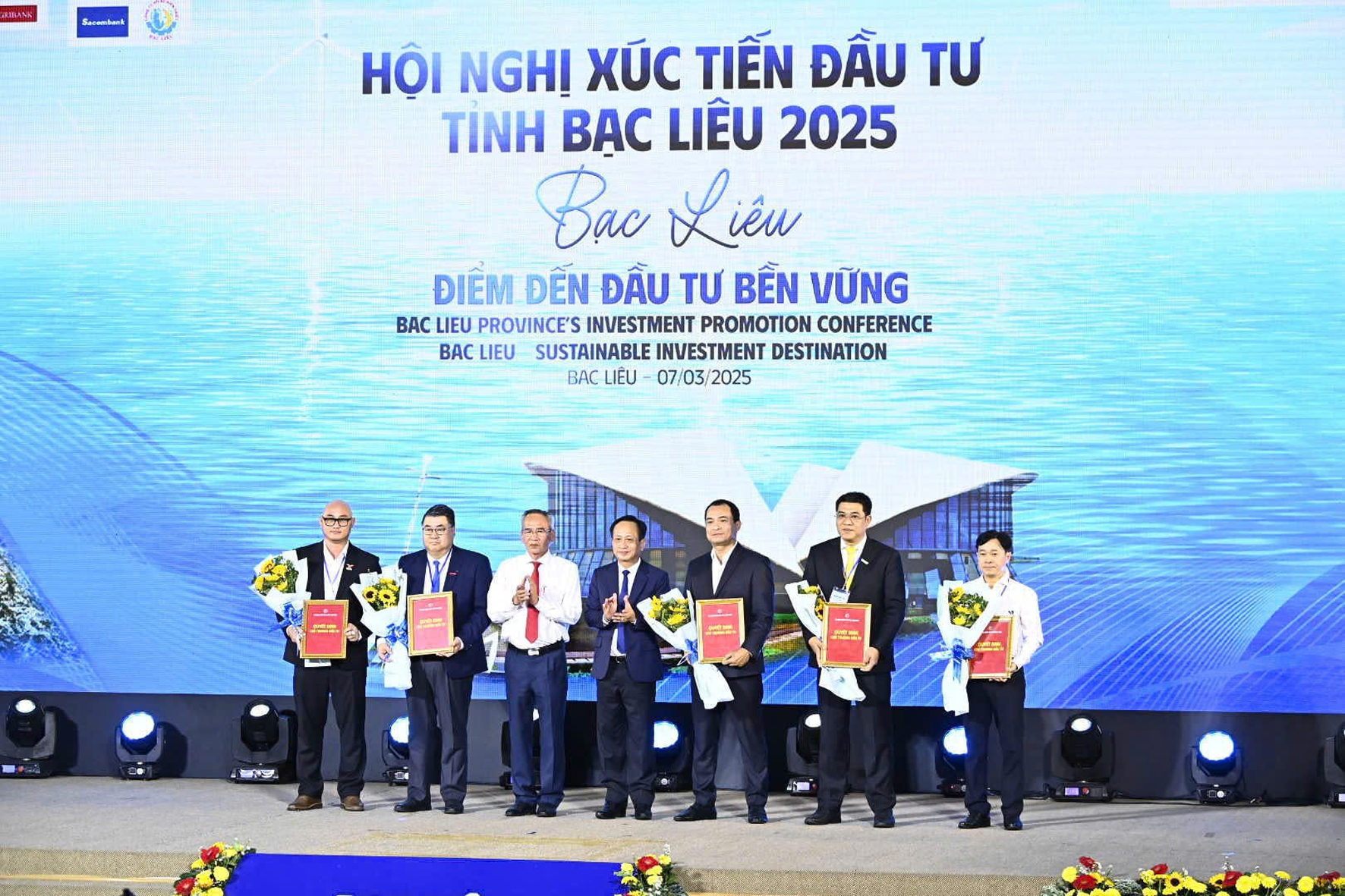
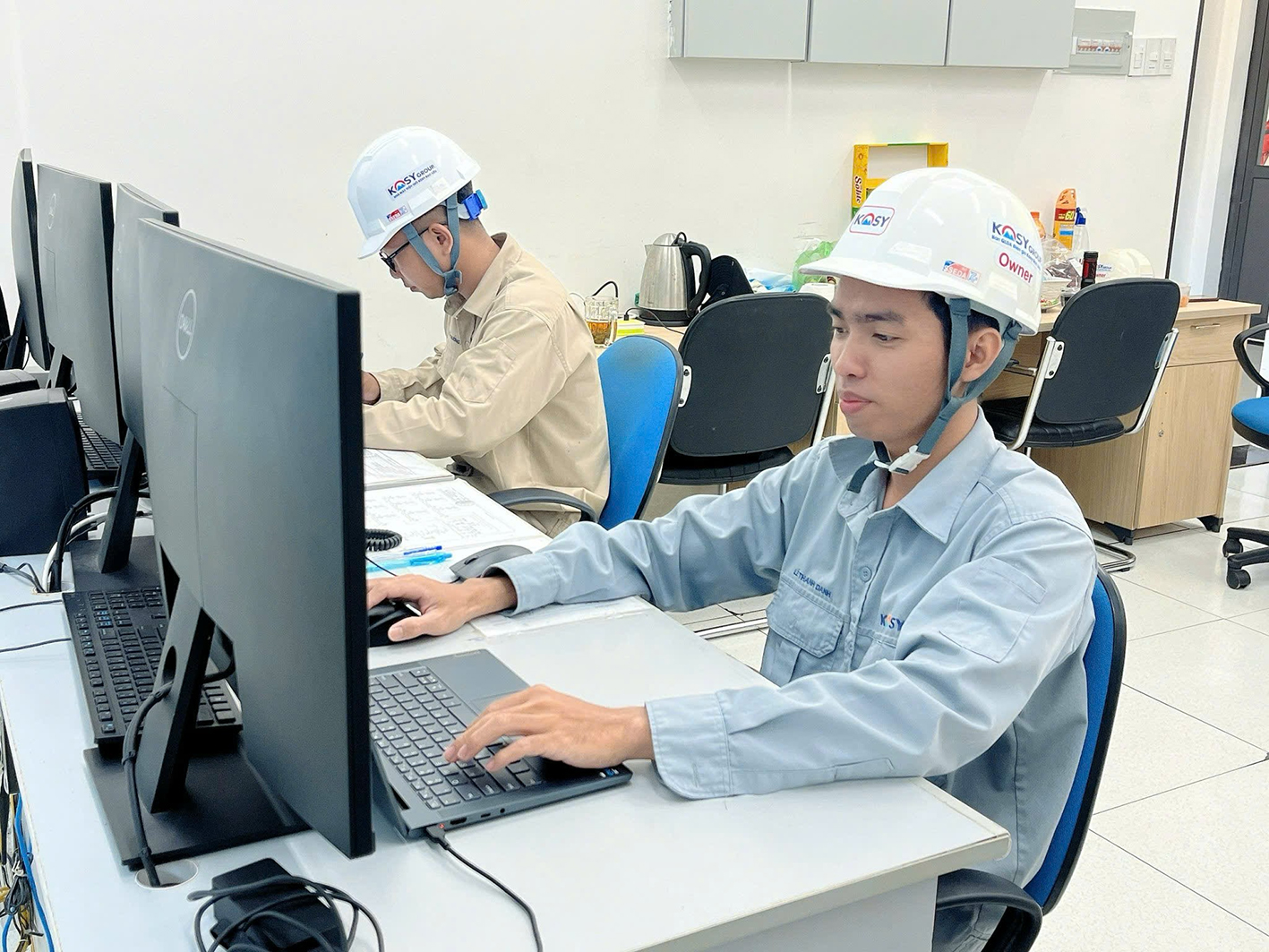




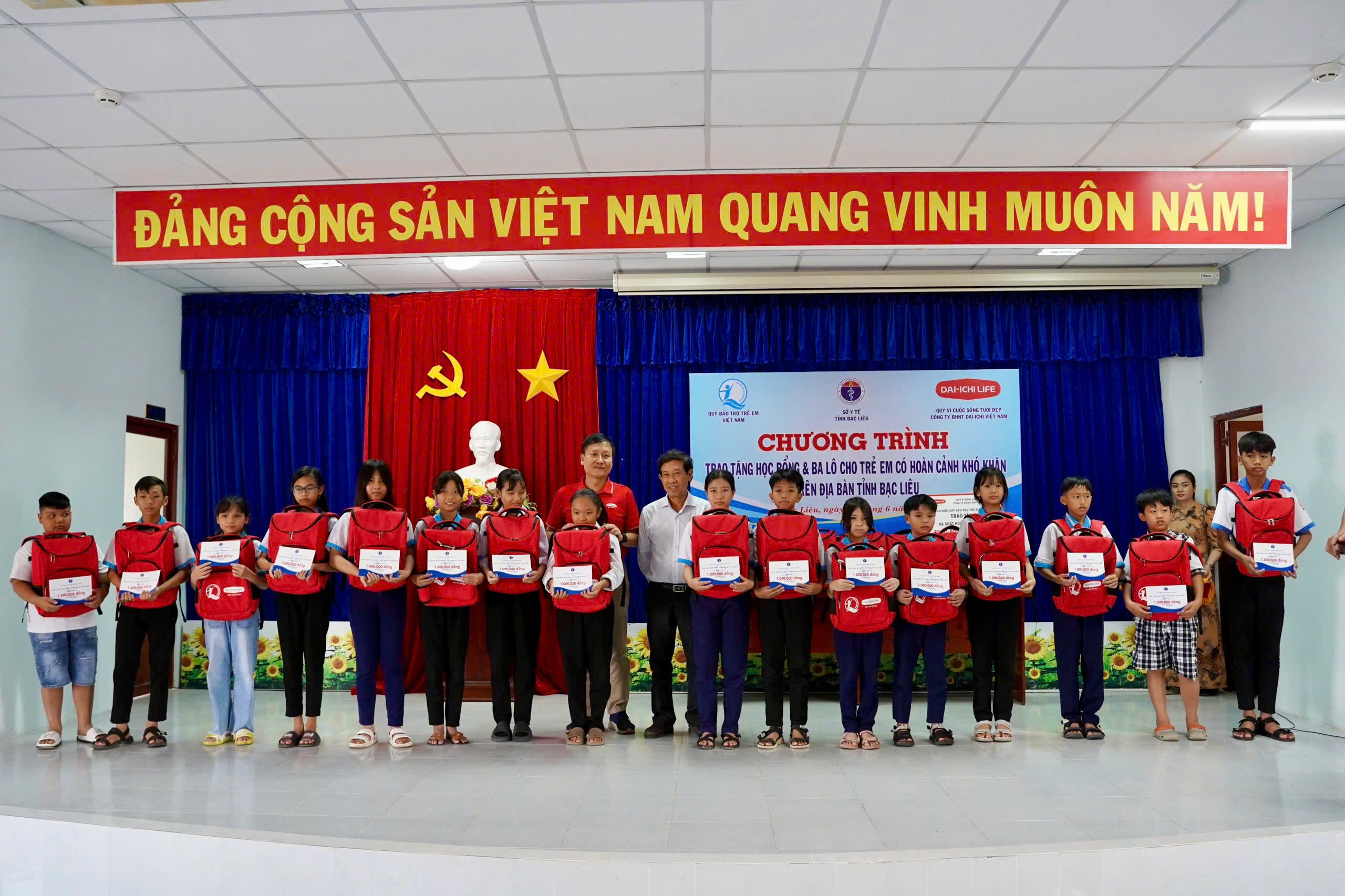

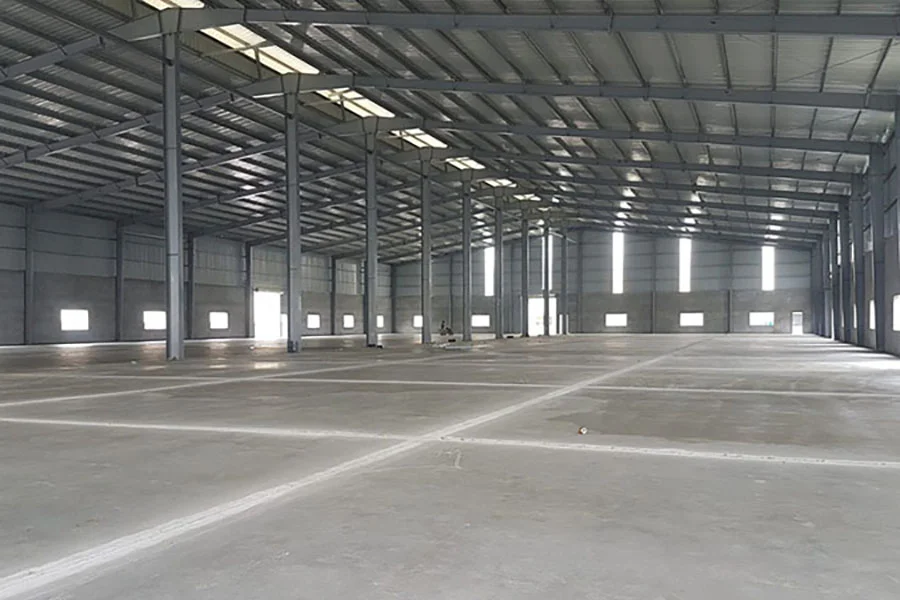












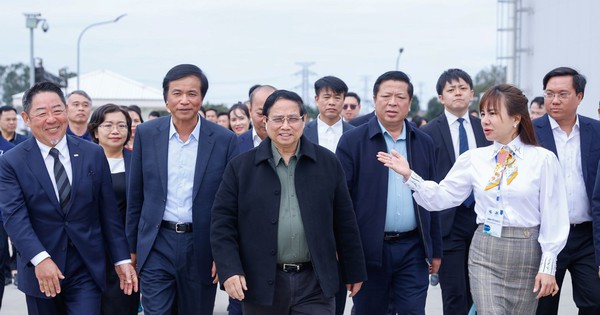





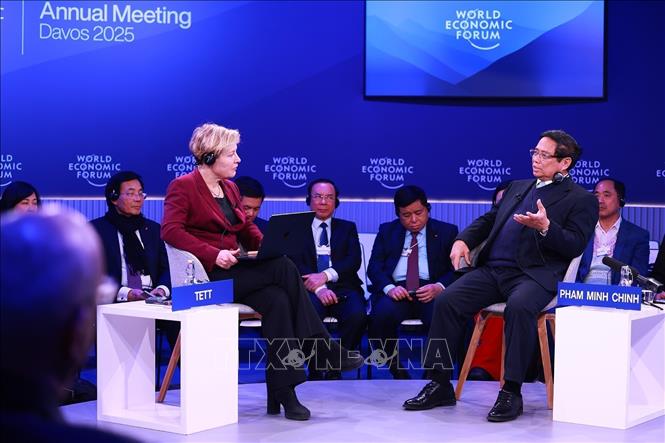


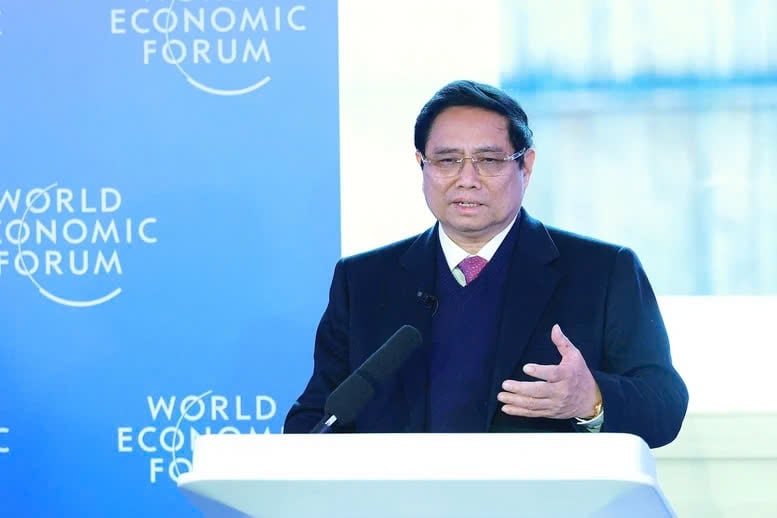
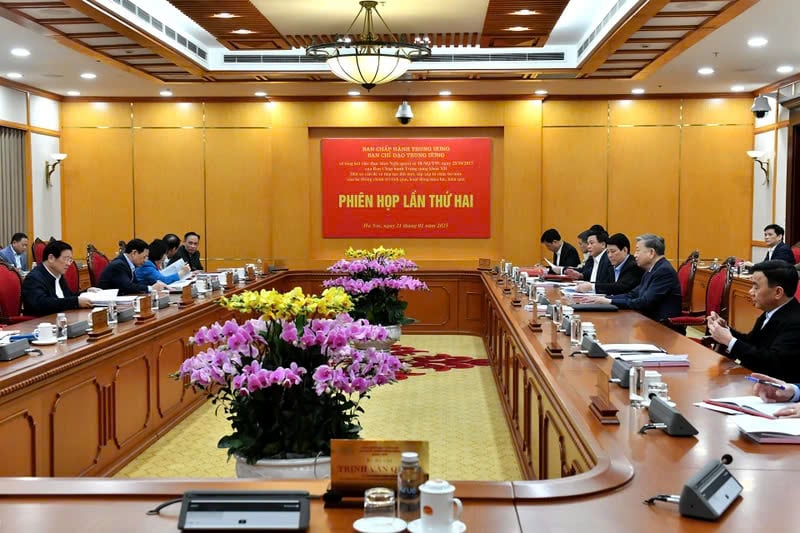





Comment (0)